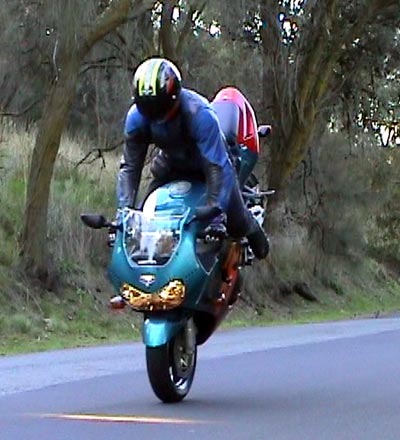

A doctor may also insert temporary stents to stop bile leaks that can occur after gallbladder surgery. insert stents-tiny tubes that a doctor leaves in narrowed ducts to hold them open.perform a biopsy or remove tumors in the ducts.The doctor may pass tiny tools through the endoscope to uses a type of x-ray imaging, called fluoroscopy, to examine the ducts and look for narrowed areas or blockages.injects a special dye, also called contrast medium, into the ducts through the catheter to make the ducts more visible on x-rays.slides a thin, flexible tube called a catheter through the endoscope and into the ducts.locates the opening where the bile and pancreatic ducts empty into the duodenum.The endoscope pumps air into your stomach and duodenum, making them easier to see. A small camera mounted on the endoscope will send a video image to a monitor. The doctor will carefully feed the endoscope down your esophagus, through your stomach, and into your duodenum. You’ll be asked to lie on an examination table. In some cases, you may receive general anesthesia. The health care staff will monitor your vital signs and keep you as comfortable as possible. The anesthetic numbs your throat and helps prevent gagging during the procedure.
Endo bike professional#
A health care professional will give you a liquid anesthetic to gargle or will spray anesthetic on the back of your throat. Sedatives help you stay relaxed and comfortable during the procedure. An intravenous (IV) needle will be placed in your arm to provide a sedative. How do doctors perform ERCP?ĭoctors who have specialized training in ERCP perform this procedure at a hospital or an outpatient center. To see your upper GI tract clearly, you doctor will most likely ask you not to eat, drink, smoke, or chew gum during the 8 hours before ERCP. You will need to make plans for getting a ride home after ERCP. 1 Arrange for a ride homeįor safety reasons, you can’t drive for 24 hours after ERCP, as the sedatives or anesthesia used during the procedure needs time to wear off. Research has found that ERCP is generally safe during pregnancy. If you are pregnant and need ERCP to treat a problem, the doctor performing the procedure may make changes to protect the fetus from x-rays. Tell your doctor if you are, or may be, pregnant. You typically receive sedatives during ERCP to help you relax and stay comfortable. Your doctor may ask you to temporarily stop taking medicines that affect blood clotting or interact with sedatives. nonsteroidal anti-inflammatory drugs (NSAIDs) such as ibuprofen and naproxen.aspirin or medicines that contain aspirin.You should talk with your doctor about any allergies and medical conditions you have and all prescribed and over-the-counter medicines, vitamins, and supplements you take, including To prepare for ERCP, talk with your doctor, arrange for a ride home, and follow your doctor’s instructions. trauma or surgical complications in your bile or pancreatic ducts.gallstones that form in your gallbladder and become stuck in your common bile duct.Noninvasive tests such as magnetic resonance cholangiopancreatography (MRCP)-a type of magnetic resonance imaging (MRI)-are safer and can also diagnose many problems of the bile and pancreatic ducts.ĭoctors perform ERCP when your bile or pancreatic ducts have become narrowed or blocked because of

For diagnosis alone, doctors may use noninvasive tests-tests that do not physically enter the body-instead of ERCP. Doctors also use ERCP to diagnose problems of the bile and pancreatic ducts if they expect to treat problems during the procedure. Why do doctors use ERCP?ĭoctors use ERCP to treat problems of the bile and pancreatic ducts. Your common bile duct and main pancreatic duct join before emptying into your duodenum. Small pancreatic ducts empty into the main pancreatic duct. Your pancreatic ducts are tubes that carry pancreatic juice from your pancreas to your duodenum. Your bile ducts are tubes that carry bile from your liver to your gallbladder and duodenum.


 0 kommentar(er)
0 kommentar(er)
